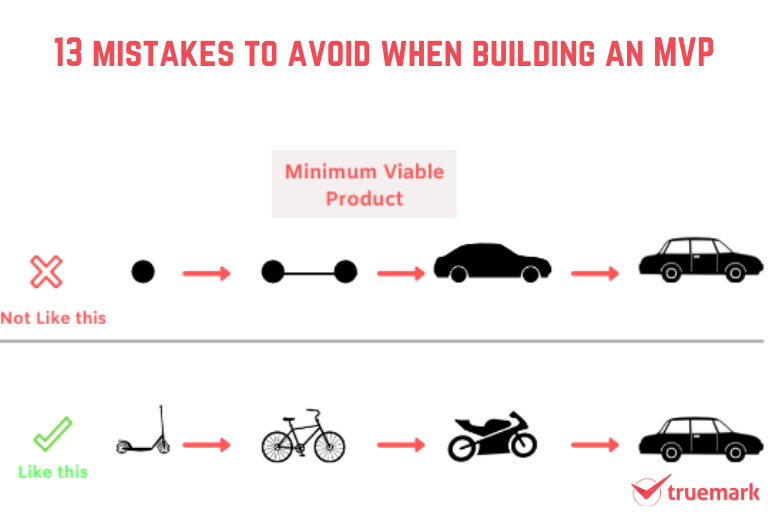Many questions can arise when people mention a business analyst, like What is a business analyst? What are the roles of a business analyst? How does a business analyst affect software development? So, today we will try to get rid of your confusion in this article.
Nowadays, there is hardly any company that doesn’t use any software to run it. Developing quality software that aligns with business needs and goals requires a dedicated development team of experts. Among them is the business analyst, who equally plays an important role.
A business analyst is a person who is involved in research to improve the business process and performance. However, the roles go beyond just researching. They oversee the overall software development process to ensure everything is on schedule and on the right track.
Moreover, the market changes tremendously, making it harder for businesses to keep up with them. However, having an experienced business analyst helps you outline the strategies to cope with the change. So, below we will be looking at how amazing the roles of a business analyst are.
12 important roles of a business analyst
Market research
A business analyst’s first and foremost role is to research the market and identify the business needs and problems. They continuously study the consumers, demands, behavior, and pain points to develop the best strategies to fulfill their needs and cope with the change. However, there are too many problems to solve. In such a situation, a business analyst identifies the most suitable approach to success.
Gathering requirements
Before starting the development process, the business analyst gathers requirements from the clients. They conduct interviews with stakeholders of the company to understand their needs and pain points better. They do this to avoid developing software that doesn’t solve their problems and aligns with their business goals. This helps them to devise the right strategies to complete the project successfully.
Aligning needs
Now, the business analyst aligns the needs that fit the business goals. They validate the requirements and identify what goes into the initial version and whatnot to ensure everything is going as expected and in the right direction to achieve success.
Moreover, they sort the requirements. They analyze and identify what the business actually needs to align them with its goals and visions. Too many features may not always be the best approach. That is why a business analyst validates the needs.
Documenting project specifications
After gathering and validating needs, the business analyst documents them. They prepare documents including all the project’s functional and non-functional requirements, objectives, scope, budget, etc. This documentation helps the business analyst and the development team to define a roadmap. It helps them ensure that every need and requirement is being met and the results are as expected.
Moreover, the documentation helps everyone understand the project’s goals and objectives to avoid misunderstandings during the development process. This enhances coordination among the team members, increasing the project’s success rate.
Transforming needs into executable tasks
A business analyst role doesn’t stop after gathering requirements. They transform those needs into executable tasks. It includes defining project deliverables and milestones. They do this to make sure the development team develops what a client needs.
A business analyst comes up with achievable and realistic milestones to avoid risks and keep the development process seamless.
Communicating the requirements
To make a project successful, coordination and cooperation between the team members are essential. However, that is only possible when everyone knows the project’s requirements and their roles. Otherwise, it will only lead to the client’s dissatisfaction. So, the role of business analyst here becomes crucial. They are the ones who communicate the requirements to the development team.
Moreover, to avoid any misunderstanding, the business analyst communicates the requirements to everyone involved in the project. They keep the communication channel open because even a minor error leads to project failure.
A business analyst is the one who brings everybody on the same page.
Acting as a bridge between the non-technical and technical team
There are times when clients are unaware of what the development team is doing. It becomes too technical for a client to understand. In such a situation, a business analyst acts as an interpreter. They translate everything to help the clients understand what is going on with their project. They act as a bridge between the non-technical and technical teams.
Conversely, the business analyst communicates with the development team to know what clients expect from them. Sometimes, even developers find it hard to understand the client’s requirements. So, in such a situation, a business analyst helps them.
This is how a business analyst communicates with the client and the development team to reach a consensus and give what they want.
Leading team
Sometimes, the business analyst acts as a team leader. They communicate with the development team regularly. Continuous communication keeps the team together without losing focus on the project’s goals and objectives. After requirements gathering, they help delegate roles and responsibilities to avoid any conflicts.
A business analyst ensures that everything is working in their favor by leading everyone to the right track.
Testing
A business analyst, in some cases, tests the final product. They conduct acceptance testing to make sure the software meets the expectations and is free of bugs. To ensure the software is fully functional, satisfies the clients and the users, and is suitable for the real-world scenario, the business analyst involves themselves in the testing process.
Risk management
The role of a business analyst isn’t limited to needs identification, communication, and sometimes testing. They are constantly on the move to recognize the risks factors that may hamper the project. Their primary task is to identify the root cause of the problems and resolve them.
The business analyst identifies the known and unknown risks and finds ways to resolve them as quickly as possible.
Besides these, the business analyst acts as a problem solver. Not every client and customer has the same problem. So, they study and analyze each issue and come up with the best solution.
Monitoring the project
The business analyst monitors the entire development process until the project ends successfully. They make sure everyone is ready and knows their roles. They solve problems (if they arise) and test the software to make it ready for launch.
Reporting
Last but not least, the business analyst reports to the clients and relevant stakeholders about the project’s status. They regularly organize meetings to ensure clients are knowledgeable about the progress. Besides, they continuously ask for feedback regarding the ongoing development and make changes accordingly if needed. The reports can be in the form of writings or presentations.
Roles of a business analyst in different phases
Now, let’s see the roles of a business analyst in each phase of the development process.
Here we are going to list the tasks of a business analyst in different phases.
Beginning phase
In the initial phase or requirements gathering phase, the roles include
- Meeting with the clients and the relevant stakeholders
- Understanding the business problems and needs
- Market research and analysis
- Analyzing the target audience
- Identifying risks, etc.
Planning phase
The roles of a business analyst in the planning phase or pre-development phase include
- Validating the needs and requirements
- Documentation
- Setting up the environment, for example, researching necessary tools.
- Preparing solutions
- Creating project deliverables and milestones
- Prioritizing the tasks, etc.
Development phase
The roles of a business analyst in the development phase include
- Communicating the requirements
- Preparing test cases
- Delegating roles and responsibilities
- Clarifying the doubts of the development team
- Creating test cases
- Identifying risks and solving them
- Managing misunderstanding and conflicts, etc.
Monitoring phase
In the monitoring phase, the roles of a business analyst include
- Monitoring the whole development process
- Running test cases
- Verifying the software against the requirements, etc.
Ending phase
In the ending phase, the roles of a business analyst include
- Reporting (in each stage)
- Presenting the completed software
- Gathering feedback
- Creating user manuals and documentation
- Maintaining the software (if needed), etc.
Note: A business analyst does not carry out every task. Every role listed above comes under their jurisdiction. However, for some work, the development team is there to help them. For example, maintaining the software, which is done by the development team. Here, the business analyst oversees the maintenance process.
So, when is the appropriate time to have a business analyst?
You need a business analyst when you start a company. They are the ones who analyze your business, identify problems and needs, and help in running the firm in the best possible ways.
In Conclusion
Even though some tasks overlap the project manager and product owner’s responsibilities, a business analyst plays an essential role in the software development process. They ensure your software development process is seamless and help develop the best product. Most importantly, they help you run your company successfully.
Now, you know how important it is to have a business analyst by your side. So, do you have one, or are you planning to hire one?
If you are looking for a development team to help you develop software that meets your business needs and goals, then Truemark will help you. We have proficient development teams with years of experience and skills to cope with any challenge and give you the best results on time. So, don’t hesitate to contact us. Reach us at any time for any software development service.
References: HeadChannel
Cover Image Credits: Vectorjuice from Freepik



